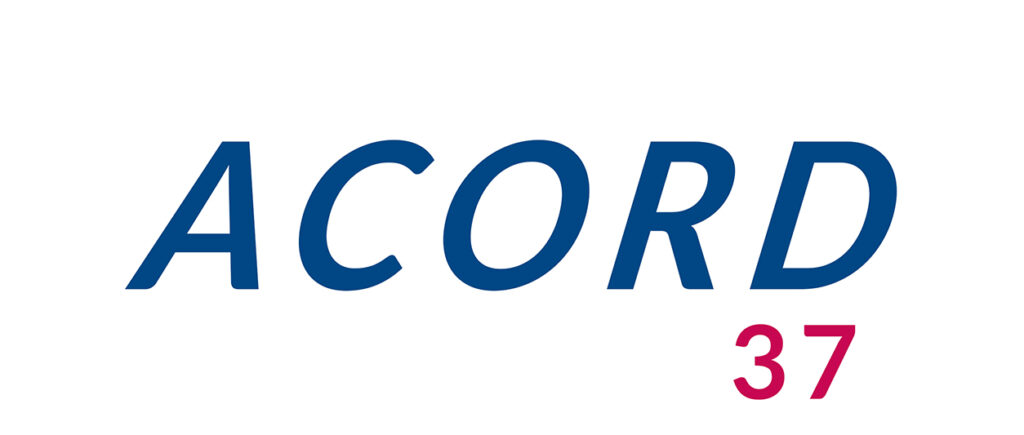Get Started
Follow these simple steps to get started.
- 1
- 2
- 3
Create Account: Step 1 of 3

The ACORD 37 form or statement of no loss form, is a crucial insurance document used primarily to verify that an insured party hasn’t experienced any losses or claims during a lapse or gap in insurance coverage. This property insurance no loss statement helps insurance carriers confidently renew or reinstate a policy without concerns about hidden or undisclosed losses.
Insurance professionals regularly encounter situations where a client’s policy renewal date passes or coverage lapses due to nonpayment, administrative oversights, or unforeseen issues. Utilizing the ACORD No Known Loss letter, safeguards insurers from unknowingly assuming liability for events occurring during periods without coverage.

Typical situations for using a no loss letter include:
Step 1: Verify Policyholder Information
Begin by verifying:
Ensure these details exactly match existing insurance policy documentation to prevent discrepancies.
Step 2: Clarify Coverage Gap Period
Clearly indicate the period when coverage lapsed. Document precise dates (day, month, year), including the cancellation date and the reinstatement effective date. Note that many policies start at 12:01 AM on the effective date, which should be clearly stated if relevant.
Step 3: Affirm No Losses or Claims
The insured must explicitly confirm that no losses, claims, or incidents occurred during the uninsured interval. It’s crucial that policyholders fully understand the significance of their declaration, as inaccuracies may lead to future claim denials or allegations of insurance fraud. The statement must clearly indicate there were no accidents or circumstances that might result in a claim.
Step 4: Insured’s Signature
Secure a handwritten or digitally authenticated applicant’s signature, ensuring the date of signature is included. Certain forms might also require a witness signature or producer certification for further verification.
Accurate documentation of dates is vital. Ambiguity regarding lapse periods can cause underwriting delays or claim disputes. Always cross-check dates with policy records, including effective and expiration dates.
An unsigned statement of no loss form is invalid. Always confirm that the insured has properly signed and dated the document prior to submission for proper policy verification.
Double-check policy numbers, NAIC codes, and named insured details against your agency management system for consistency, preventing errors and additional work. The NAIC code is particularly crucial for accurately identifying the insurance carrier involved.
Consider a construction firm whose General Liability insurance policy renewal was inadvertently overlooked, resulting in a five-day gap without coverage. Before reinstating the policy, the carrier requires an ACORD statement of no loss. Accurately completing this liability insurance no loss form is vital for quickly restoring coverage and ensuring no hidden claims occurred during this gap in liability coverage.
| Section | Action Required | Common Errors to Avoid |
|---|---|---|
| Policyholder Information | Verify insured's details | Misspellings, incorrect policy number |
| Coverage Gap | Precisely define lapse dates | Ambiguity in start/end times |
| No Loss Declaration | Confirm no accidents or potential claims | Overlooking minor incidents |
| Signature | Obtain dated signature | Missing or undated signatures |
| Policy Details | Verify NAIC code and policy specifics | Incorrect NAIC code or policy type |
By following these guidelines and thoroughly understanding the nuances of the ACORD No Loss Letter, insurance professionals can smoothly handle policy reinstatements and uphold the integrity of the insurance process.
Follow these simple steps to get started.
Create Account: Step 1 of 3
Loading...